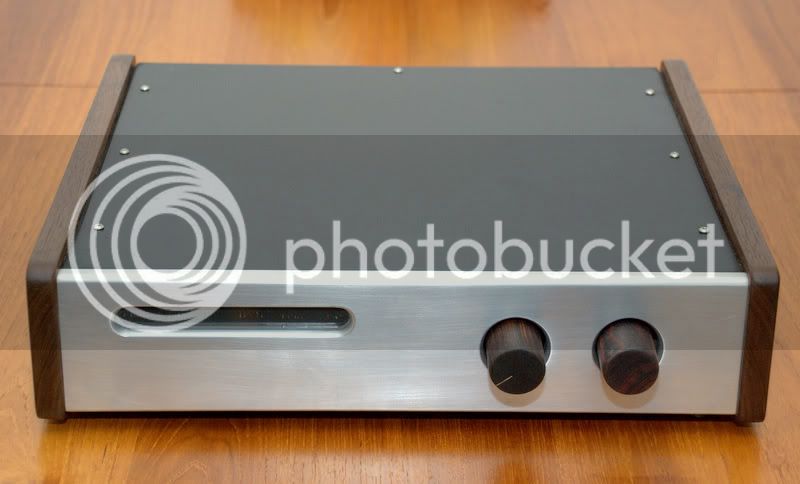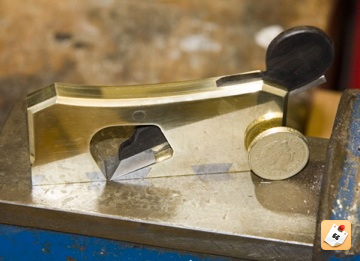graduate_owner
Established Member
Rwoody:
do you know of any metalworkers in your area? (Probably not else you would already have tried them) Perhaps a look on a metalwork forum might bring up a new acquaintance? Doing the bulk of the work on a milling machine and finishing off by hand filing sounds the best and safest way to me.
K
do you know of any metalworkers in your area? (Probably not else you would already have tried them) Perhaps a look on a metalwork forum might bring up a new acquaintance? Doing the bulk of the work on a milling machine and finishing off by hand filing sounds the best and safest way to me.
K






